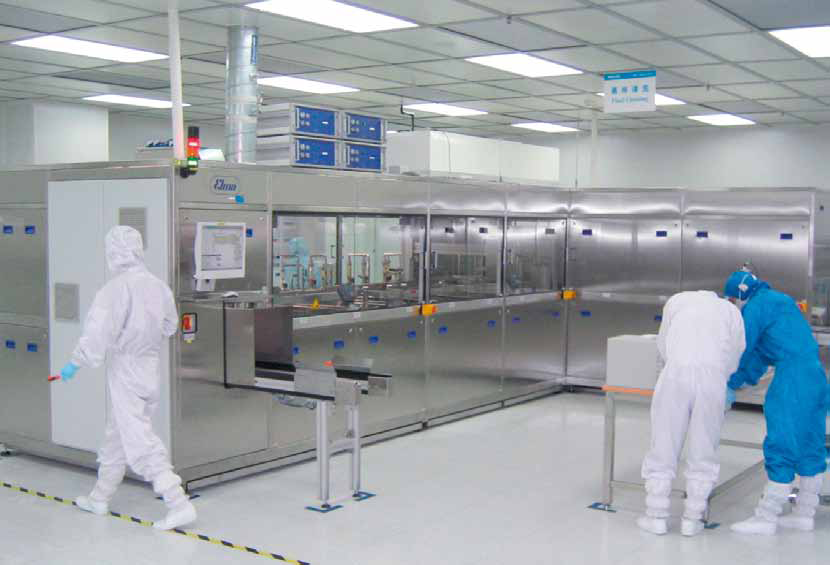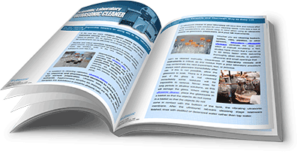Tips to Avoid Surface Contamination after Sonic Cleaning
Ultrasonic cleaning practices generally focus on cleaning solution chemistries best suited to products being cleaned and contaminants removed. Other posts on this site describe the importance of cleaning solutions to a satisfactory cleaning process.
But what happens immediately after cleaning has equal importance to your ultrasonic cleaning process. Procedures should be in place to reduce or prevent deposition or re-introducing contaminants that negate what would otherwise be a successful cleaning operation. Here’s a short list:
- Cleaning solutions can deposit residues if not immediately rinsed off
- Rust and other forms of oxidation, tarnish and corrosion may result if surfaces are not protected
- Dust particles, condensation, oil mists and other airborne contaminants can land on cleaned surfaces
Post-Cleaning Rinsing
Contaminants removed during ultrasonic cleaning remain in the cleaning solution and can be carried out as deposits on the products when the basket is removed from the bath. While filters can reduce certain types of contaminants a thorough rinse is the best way to flush solution residues from surfaces.
Keep in mind that high solution temperatures raise the temperature of the product(s) thereby speeding solution evaporation when products are removed from the bath. It can be very difficult to remove solution residues that have dried on parts. This means speed is important when transferring the products either to a rinsing station or one or more rinsing baths.
Managing Oxidation
Although iron and steel parts are most susceptible to oxidation (a.k.a. rust) caused by water and air acting on surfaces, other metals and alloys can also develop films of tarnish and corrosion. These conditions can result in unsatisfactory or failed subsequent surface treatments such as plating, painting and anodizing.
Temporary protection from oxidation is provided by adding an inhibitor to either the ultrasonic cleaning solution or the rinsing bath. An example is elma-KS mildly alkaline concentrate that provides a protective coating on a molecular level. A recommended dosage for a rinsing bath is 0.05 to 0.5% for 1-5 minutes at 20 to 80⁰C. If parts have a complex shape an ultrasonic rinsing bath is recommended to assure protection on all surfaces.
Managing the Ultrasonic Cleaning Shop Environment
While “clean room” practices are strongly recommended for cleaning surgical instruments and implants the ultrasonic cleaning shop environment should be controlled for less sensitive products as well. Products waiting cleaning should be stored in an area removed from the ultrasonic cleaning operation and moved in only when cleaning is to take place. Within the cleaning area steps should be taken to control or eliminate dust, oil mist and other airborne contaminants that can land on freshly cleaned surfaces with possible adverse affects on subsequent finishing operations. A high degree of surface cleanliness may call for investing in exhaust fans to remove potential contaminants and further isolation of the ultrasonic cleaning operation from surrounding areas.
Contact the ultrasonic cleaning professionals at Tovatech for recommendations on setting up and operating your facility.

